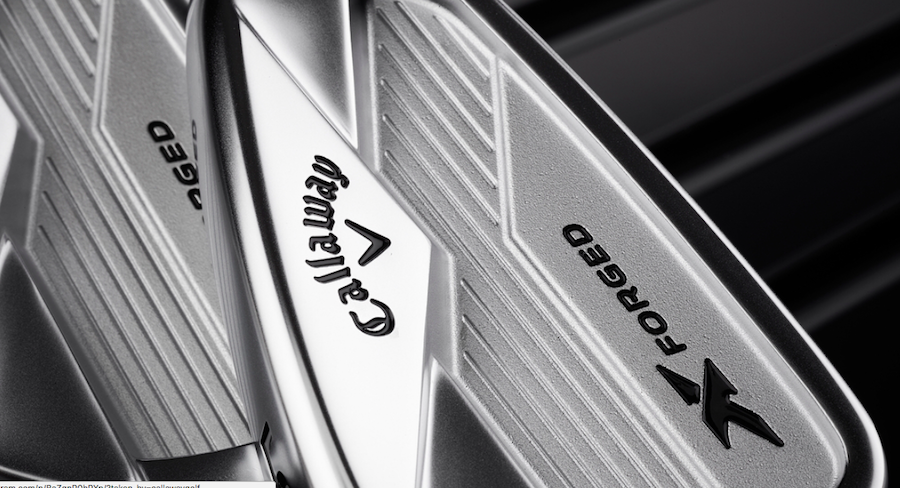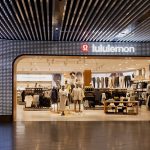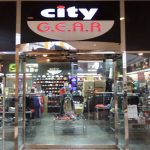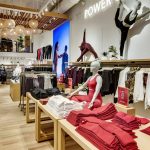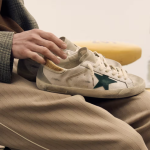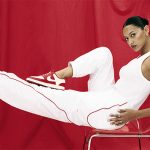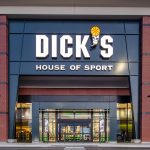Callaway Golf reported third-quarter results that handily exceeded guidance with healthy gains across all regions. The upside was driven by strength in its woods business, continued growth in golf balls, and the successful integration of its new business ventures: Callaway Apparel Japan, OGIO and now, TravisMathew.
In the quarter, sales grew 29.9 percent to $244 million. The increase was led by increases in all operating segments, namely Golf Clubs (+21 percent), Golf Balls (+20 percent), and Gear, Accessories and Other (+72 percent) as well as increases in each reporting region, namely the U.S. (+33 percent), Europe (+23 percent), Japan (+28 percent), Rest of Asia (+28 percent), and other countries (+23 percent).
The increase in the Golf Clubs and Golf Balls segments reflects the continued success of the company’s EPIC line of products as well as the Chrome Soft golf ball franchise. The increase in Gear, Accessories and Other primarily reflects the acquisitions of the OGIO and TravisMathew brands, which were completed in 2017.
As a result of this significant increase in sales, as well as a 110 basis point improvement in gross margins, Callaway was able to generate $6 million in operating income in a period when the company typically reports a loss due to the seasonality of golf. In the year-ago period, it reported an operating loss of $6 million
The gross margin increase, to 43.1 percent, was due to a favorable shift in product mix toward the higher margin EPIC woods and irons combined with overall higher average selling prices.
Operating expenses increased 17.8 percent to $99 million primarily due to the addition in 2017 of operating expenses from the consolidation of the OGIO and TravisMathew businesses, higher variable expense due to the increase in sales and $3 million in TravisMathew and OGIO non-recurring deal-related expenses.
Net earnings climbed to $3 million, or 3 cents a share, from a loss of $6 million, or 6 cents, in the same period a year ago.
On a non-GAAP basis, which excludes the impact of the non-recurring OGIO and TravisMathew deal-related expenses and excludes a deferred tax valuation allowance that benefited year-ago results, EPS would have been 5 cents a share against a loss of 3 cents a year ago.
The company exceeded Wall Street’s consensus target by 9 cents in EPS and $33.7 million in revenues.
On a conference call with analysts, Chip Brewer, president and CEO, said that on a market share basis, for both the quarter and year-to-date, Callaway believes it ranks as the number one driver and the number one hard goods brand in the U.S., U.K., Europe and Japan. In the U.S. specifically, Callaway regained the number one club brand position in 2015 and over the last few year has widened this position on a global basis.
In the iron category, the brand has been the U.S. market’s number one brand every month for 32 consecutive months but has also attained the number one position in driver dollar share on a global basis this year, thanks to the introduction of its Jailbreak Technology.
Brewer credited the improvement to “significant” investments made over the last two years, including capital projects in its ball plant as well as addition to sales, marketing, tour and R&D. Brewer added, “At a time, when other companies are either exiting the hard good space or are being forced to cut back, we believe our strong financial position with an ability and commitment to invest will help differentiate us.”
In addition, he said investments outside its core areas, including Callaway Apparel Japan JV, the OGIO acquisition and the TravisMathew acquisition, “are all meeting or beating our expectations and should provide incremental growth and profitability over the coming years.”
In the U.S., the brand’s hard goods market share year-to-date through September is 26 percent, up 330 basis points year-over-year, and it holds the number one dollar market share position in total clubs, driver, fairway, hybrid, and irons, as well as the number one unit position in putters. Callaway’s year-to-date ball market share is 14 percent, up 30 basis points versus last year, driven by strong growth in the green grass channel.
The U.S. market for balls and clubs combined as measured by Datatech is down slightly year-to-date, but was up in Q3, driven by growth in the green grass channel, which has had double-digit growth all year. Brewer said the channel shift is most likely been strongly influenced by the bankruptcy of Golfsmith, which occurred in last year’s Q3. Added Brewer, “We are anticipating improved market conditions across all channels for the balance of the year.”
The Asia gains were led by Japan, which saw sales expand 28 percent for the quarter due to the addition of its Callaway Apparel JV, strong market share performance in its core equipment business, and a particularly strong start for the Epic Star Irons that were launched in Japan during the quarter. Europe’s strong performance was driven by favorable market conditions in the region as well as strong market share growth and only partially offset by currency.
For the full year, Callaway raised its guidance for revenue to a range of $1.03 to $$1,04 billion, up from a forecast of $980 to $995 million previously. The updated guidance includes $15-$20 million of TravisMathew sales and projects net sales growth of 18% – 19% in 2017 compared to 2016.
The incremental sales growth versus previous estimates is expected to be driven primarily by market share gains across all regions, the TravisMathew business and changes in foreign currency exchange rates. The company now estimates that changes in foreign currency rates will adversely affect projected 2017 net sales by approximately $10 million as compared to 2016 rates, versus $12 million previously.
Callaway’s 2017 gross margin is expected to be in-line with its prior estimate. Non-GAAP operating expenses will be $9 million higher than previous guidance due primarily to the addition of the TravisMathew business and there also will be slightly higher variable expense related to the projected increased sales.
Non-GAAP EPS is now expected to range from 47 to 51 cents a share, up from 40 to 45 cents previously. That compares with 24 cents on a pro-forma basis a year ago.
Photo courtesy Callaway Golf

